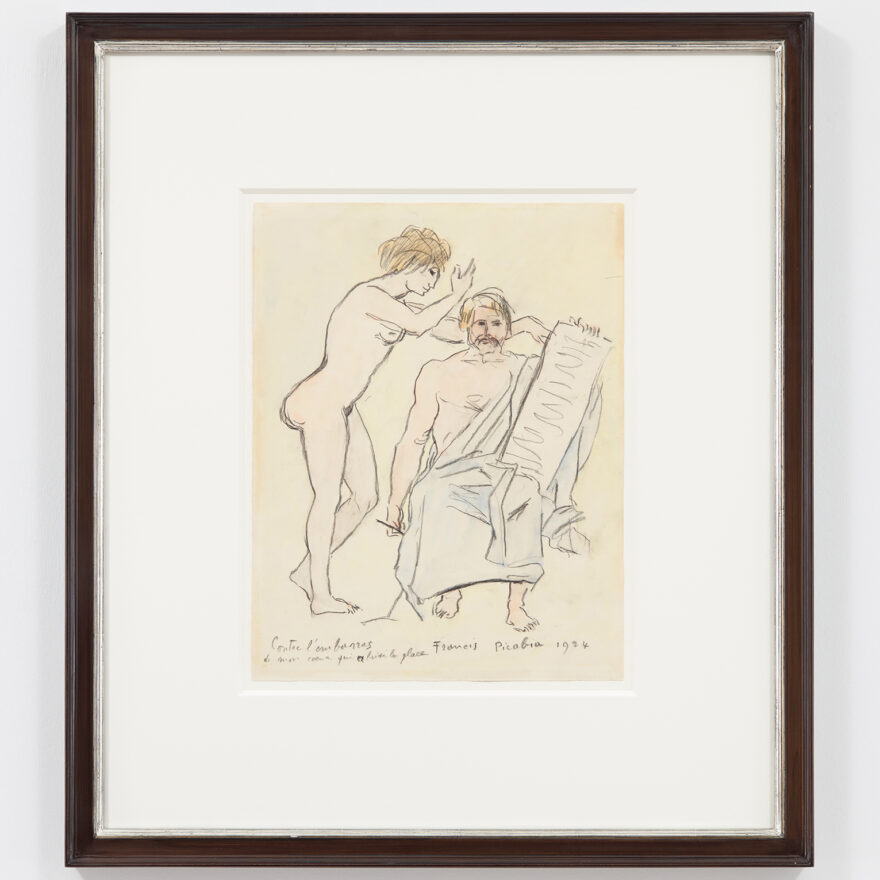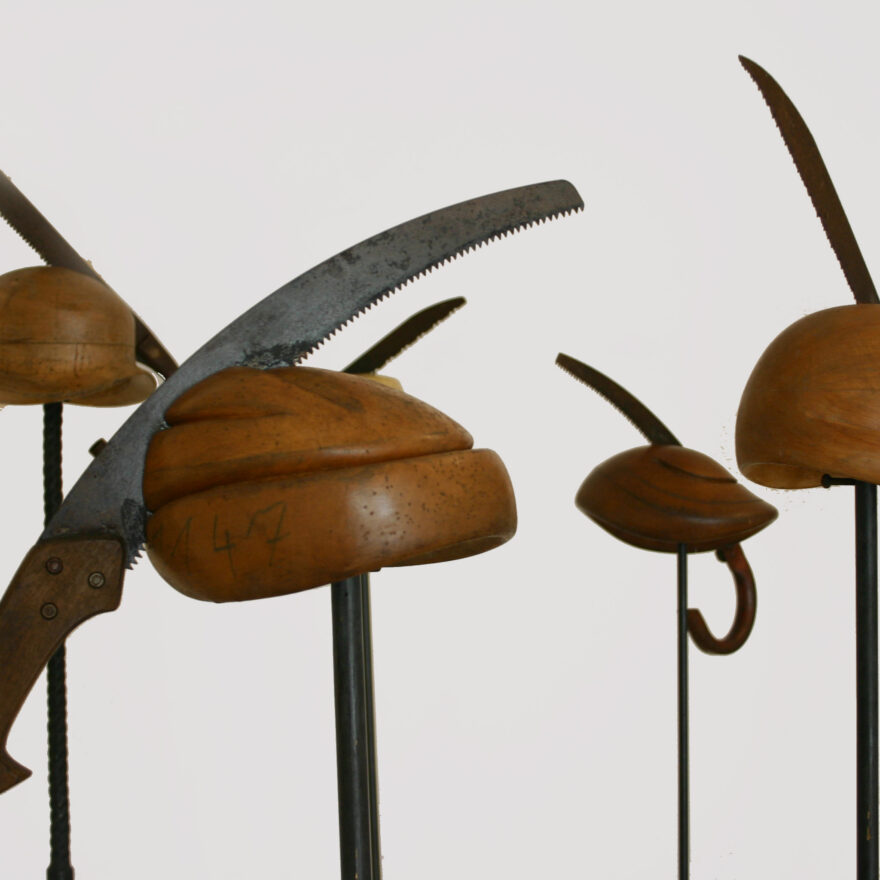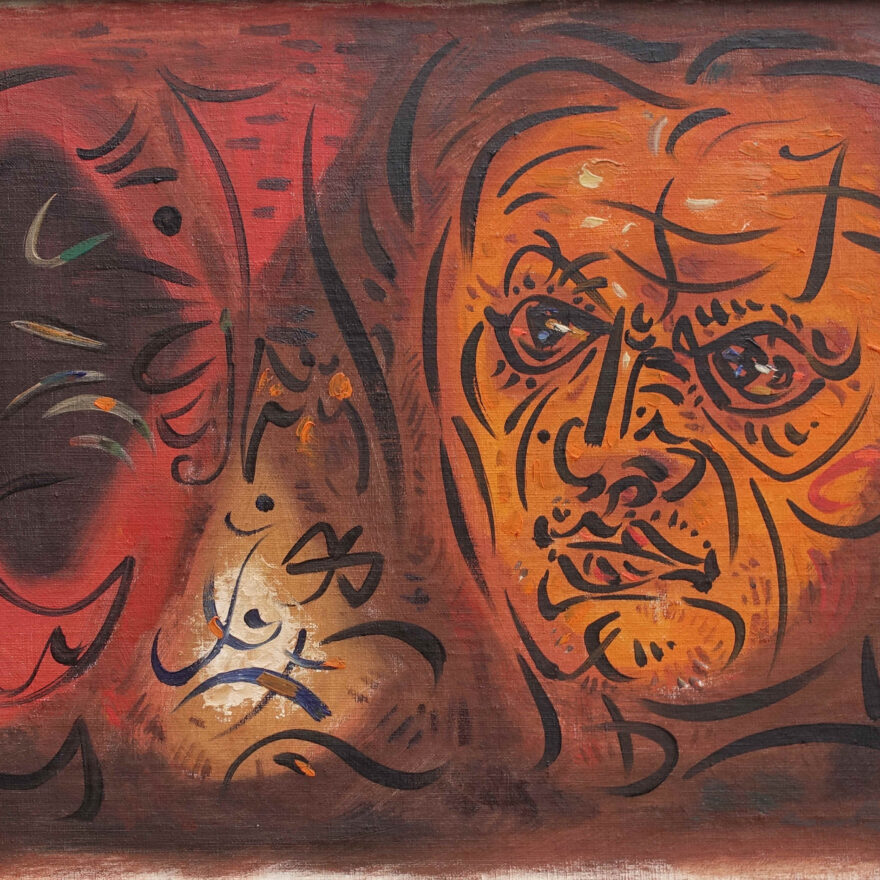André Masson
La mémoire du monde
11 SEP until 18 OCT 2025
Opening – 11 SEP 2025, 6-10 pm
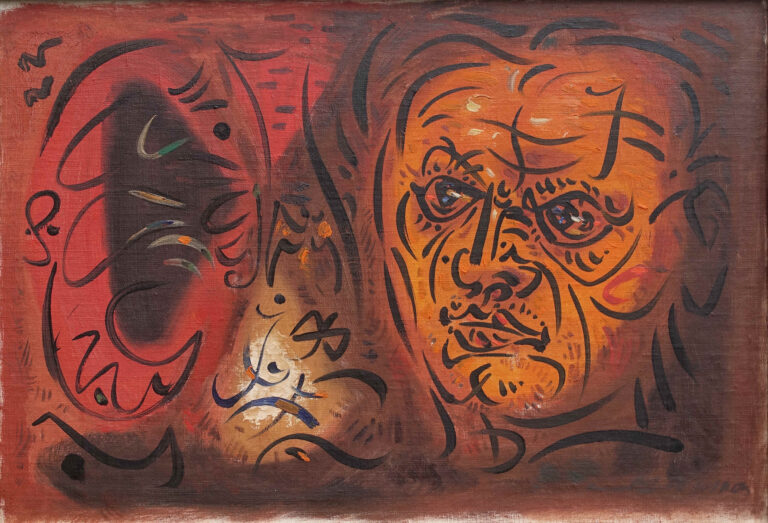
André Masson,
Autoportrait a l’enfer
Foto: Lars Wiedemann / VG Bildkunst
On the occasion of the 100th anniversary of the Surrealist Manifesto of 1924, museums across Europe have, over the past year and during the current one, revived the spirit of the most revolutionary art movement of the 20th century through magnificent exhibitions. The final stop in this series of extensive surveys and focused explorations of Surrealism can currently be visited at the Hamburger Kunsthalle.
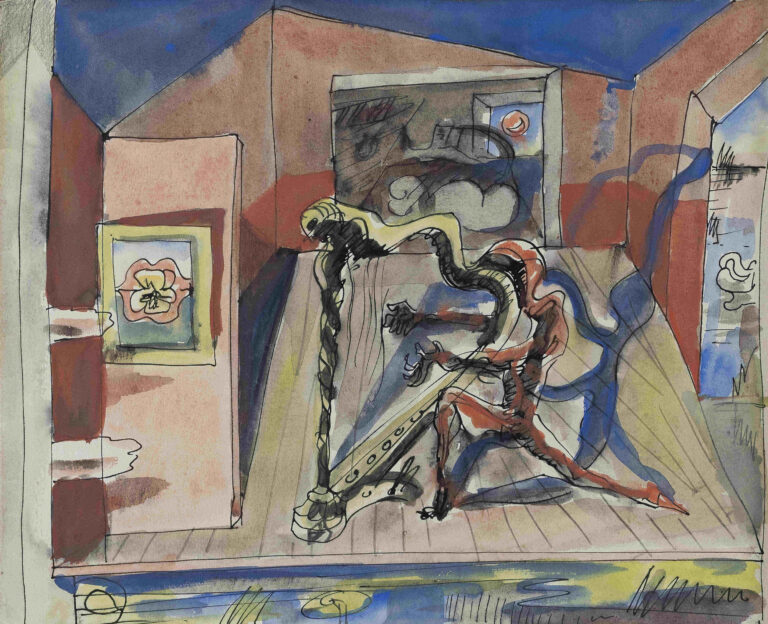
André Masson,
Scène surréaliste, 1937
Foto: Lars Wiedemann / VG Bildkunst
With André Masson—La mémoire du monde, Levy Gallery offers a deeper insight into the work of a remarkable and ›unconventional‹ Surrealist.
What characterises André Masson (1896–1987) is a brilliant diversity, reflected in his use of a wide range of techniques and themes. A key figure of Surrealism and the inventor of so-called ›dessin automatique‹, Masson’s art embodies the knowledge of centuries. In his paintings, drawings and sculptures, he channels inspiration from Goethe, Kleist and the German intellectual tradition, from Romanticism and Impressionism to Asian calligraphy—transforming them into a new, unique art and philosophy. ›The artist must constantly reshape the universe or, if you will, create his own,‹ was his credo. This belief is reflected in a powerful visual language, permeated by continual transformation and the eternal cycle of becoming and passing.
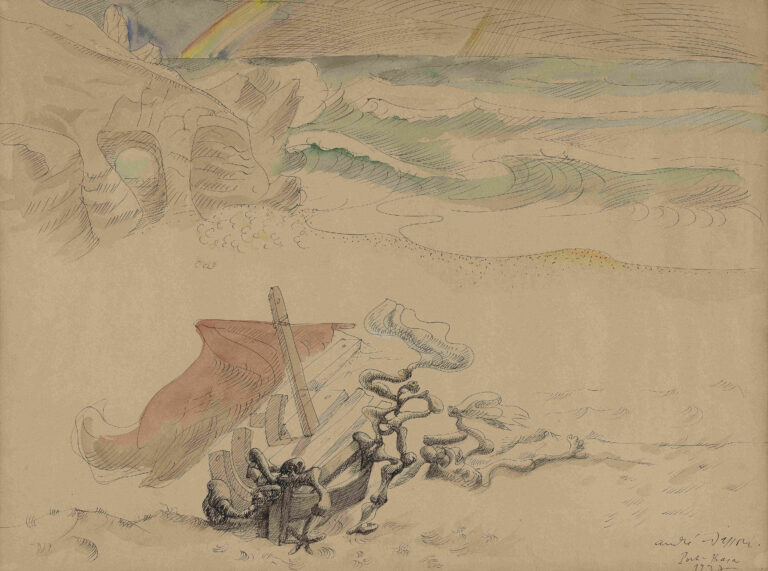
André Masson,
Port Bara, 1937
Foto: Lars Wiedemann / VG Bildkunst

